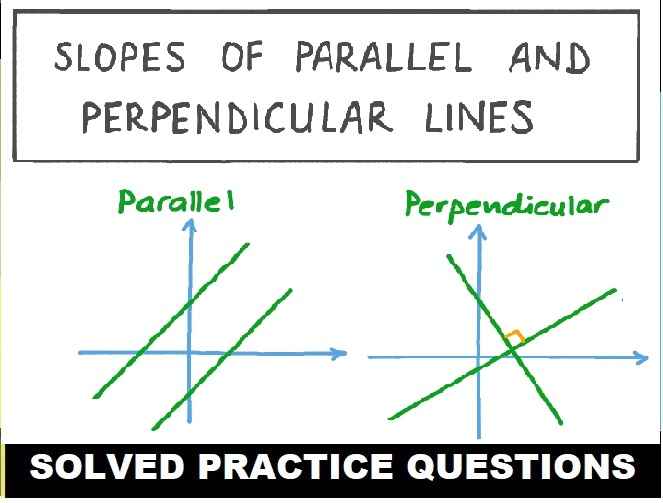Death of a Naturalist Line by Line Explanation ISC Rhapsody A collection of ISC Poem Solutions. Stanza wise Explanations of Death of a Naturalist ISC Poem Class 11. Visit official website CISCE for detail information about ISC Board Class-11 English. Very easy explanation of Ch-4 Death of Naturalist composed by Seamus Heaney.

Death of a Naturalist Line by Line Explanation ISC Rhapsody Solutions
| Board | ISC |
| Publications | Evergreen Publications |
| Subject | English |
| Class | 11 |
| Book Name | Rhapsody (A collection of ISC Poem ) |
| Chapter-4 | Death of a Naturalist – Seamus Heaney. |
| Topics | Line by Line Explanation |
Line by Line / Stanza Wise Explanation
Death of a Naturalist ISC Rhapsody A collection of ISC Poem
All year …. .. .. .. by huge sods
Explanation : These line describes a flax-dam( a man-made pond) for soaking flax plants, which is located in the middle of a small town . Over the course of the year, the flax (a plant ) has decayed there, becoming heavy and weighed down by large pieces of soil.
Daily it sweltered .. .. .. … around the smell
Explanation : telling us that the flax-dam gets very hot under the strong sunlight every day. The poet describes bubbles forming from the rotting flax and the buzzing sound produced by bluebottle( a flies, a common insect attracted to decaying material)
There were dragonflies,.. ….. .. shade of the banks.
Explanation : poet mentions the various insects around the flax-dam, like dragonflies and butterflies. However, what he enjoyed the most was the frogspawn (frog eggs) that grew in the shade along the edges of the dam. He describes it as a thick, slimy substance similar to clotted water
Here, every spring .. … ….. Swimming tadpoles.
Explanation : , the poet used to collect frogspawn in jars in Every spring and place them on the windowsills at home or on the shelves at school. He’d then wait and watch as the eggs transform into tadpoles.
Miss Walls would … … ….. this was Frogspawn.
Explanation : ,The poet remember the lessons taught by teacher, Miss Walls, which was about the life cycle of frogs. She explained that the male frog is known as a bullfrog, how it makes a croaking sound, and how the female frog lays hundreds of eggs, which are the frogspawn.
You could tell … … … brown In rain.
Explanation : In these line Poet said that frogs act as an indicator of the weather / season. They appeared yellow in the sunlight and turned brown when it rained.
Then one hot .. … …. heard Before
Explanation : On hot day, as soon as the fields were full of cow dung, the frogs seemed to invade the flax-dam. The poet was taken aback by this sudden, aggressive croaking from the frogs, a sound that was new and unnerving to him.
The air was thick .. …. .. pulsed like sails.
Explanation : the air as being full of a deep, resonant croaking from the frogs. He vividly describes the scene with large-bellied frogs sitting on pieces of turf, their throats pulsating as they croaked, much like sails billowing in the wind.
Some hopped … …. … blunt heads farting
Explanation : Some frogs were hopping around, their movements making loud, threatening sounds. Others sat still, likened to “mud grenades,” and the sounds they made are described in a crude, almost humorous way.
I sickened, turned,.. … .. clutch it.
Explanation : At last the poet expresses his disgust and fear, leading him to run away from the dam. He refers to the frogs as “great slime kings,” suggesting their dominance and control over the dam. He feared that if he were to touch the frogspawn, it would stick to his hand, indicating his new, mature understanding of the harsh realities of nature
— : End of Death of a Naturalist Line by Line Explanation ISC Rhapsody : —
Return to – Rhapsody Workbook Answer of ISC Poem for Class 11 English
Thanks
Please, Share with your friend


